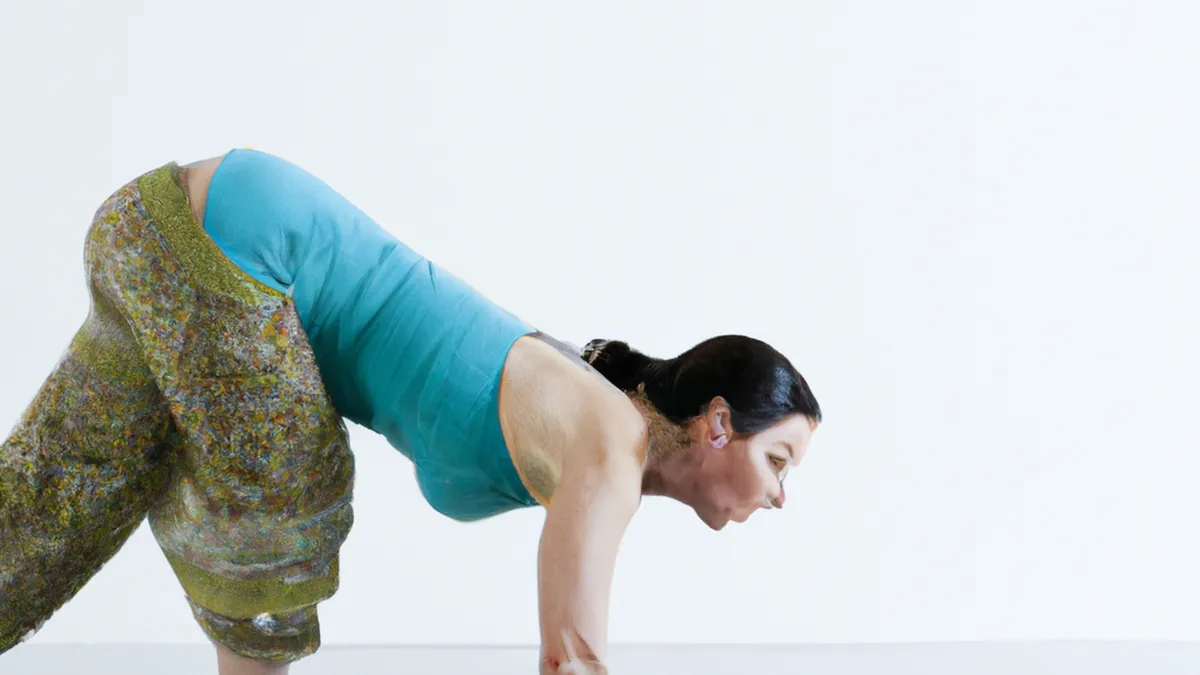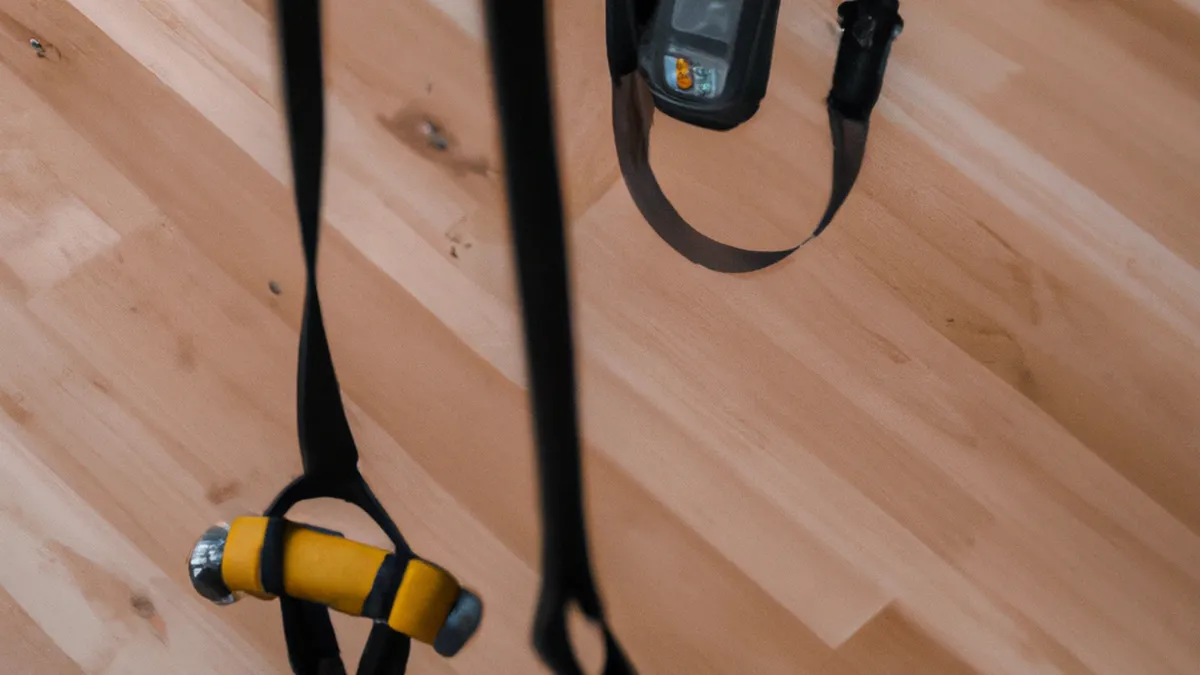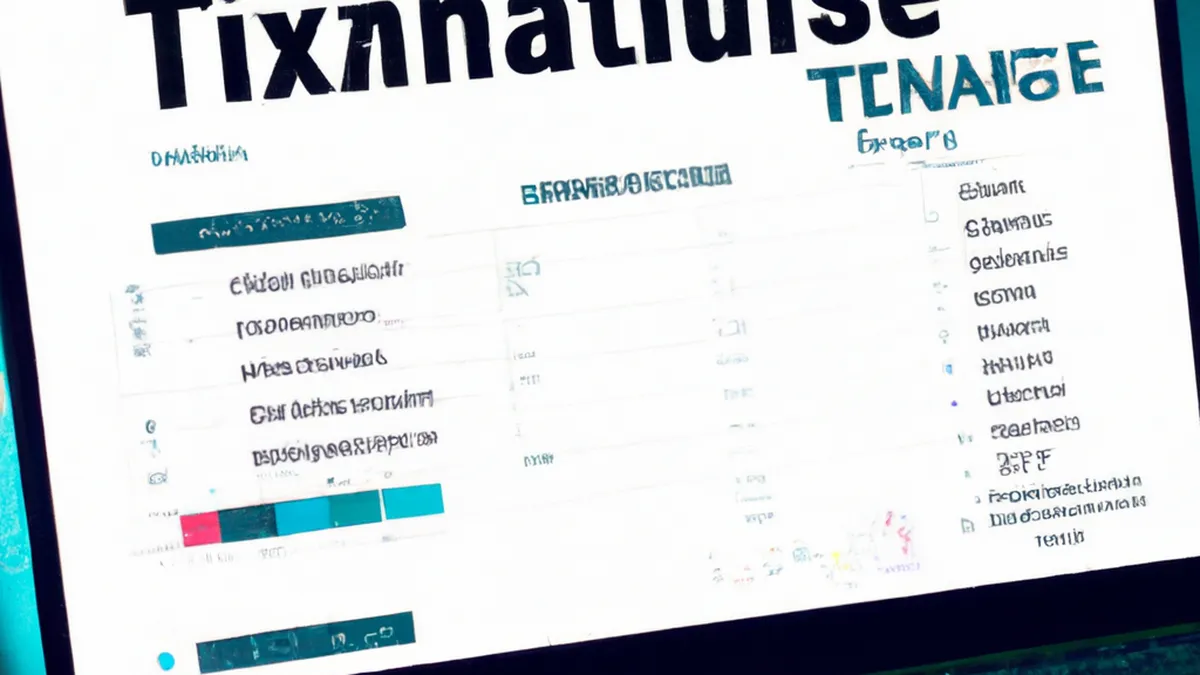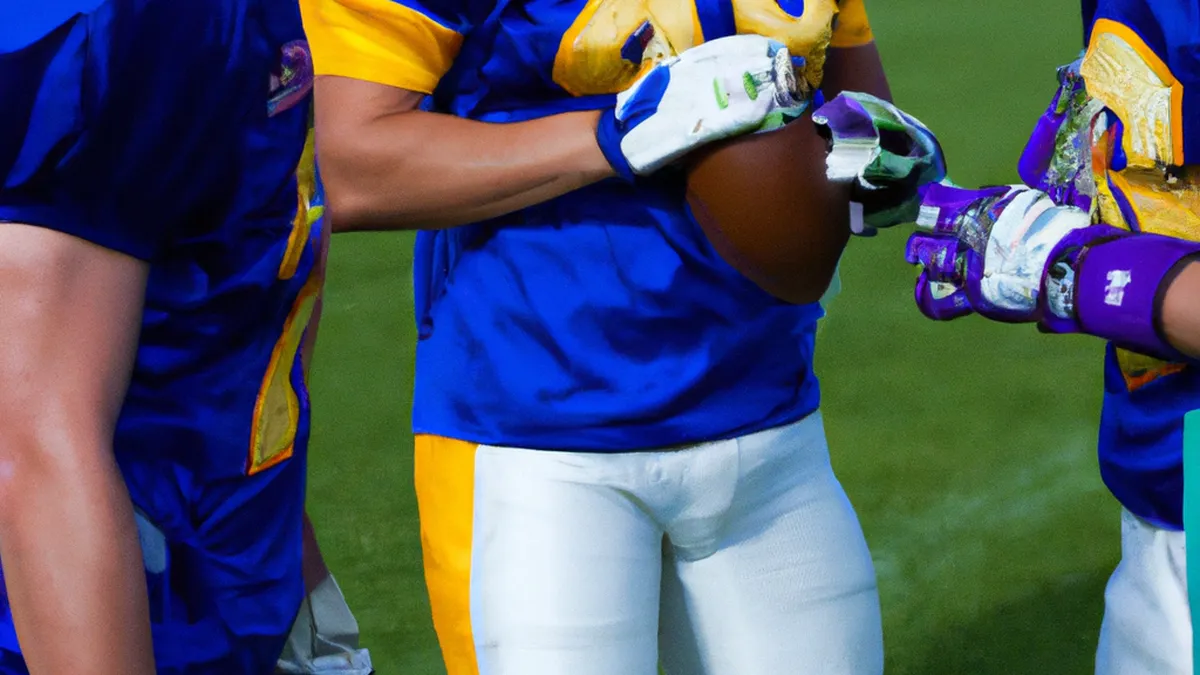6 Practices to Enhance Muscle Recovery (Triathletes)
Active Recovery Techniques Post-Training SessionsAfter intense training, our bodies experience stress and fatigue. To optimize performance and ensure long-term fitness, we must prioritize recovery. Active recovery techniques speed up this process. Unlike complete rest, active recovery involves low-intensity exercise that promotes blood flow and clears metabolic waste from muscles. This blog explores effective active recovery methods, implementation tips, and their numerous benefits.
What is Active Recovery?
Active recovery means engaging in low-intensity physical activity after a strenuous workout. The key difference between active and passive recovery lies in movement. Active recovery maintains circulation, delivering oxygen and nutrients to fatigued muscles and aiding repair. This approach reduces muscle soreness and speeds up recovery, helping you return to training feeling rejuvenated.
Effective Active Recovery Techniques
As an Amazon Associate I earn from qualifying purchases.
Gear tip: consider compression sleeves, compression socks, and percussive massager to support this topic.
1. Light Aerobic Exercise
Light aerobic exercise serves as a straightforward and effective active recovery technique. Activities like walking, swimming, cycling, or light jogging promote circulation and facilitate recovery. Aim for 20 to 30 minutes of light aerobic activity on rest days. This practice helps maintain your fitness level without excessive strain.
2. Stretching and Mobility Work
Incorporate stretching and mobility work into your recovery routine. Focus on dynamic stretches targeting major muscle groups you worked during training. Spend 10 to 15 minutes foam rolling to alleviate muscle tightness and improve blood flow, aiding recovery.Static stretching post-workout also proves beneficial. Hold stretches for 20 to 30 seconds to lengthen tight muscles and improve flexibility over time. This practice feels good and prepares your body for future workouts.
3. Yoga and Mindfulness Practices
Yoga serves as an excellent active recovery technique, combining gentle movement with deep breathing. It enhances physical and mental well-being, promoting holistic recovery. Even a short 15-minute restorative yoga session relaxes muscles and calms the mind. Many athletes find yoga improves flexibility, balance, and core strength while reducing stress.Mindfulness practices like meditation or deep breathing also play a crucial role in recovery. These techniques lower cortisol levels and promote relaxation, vital for effective recovery.
4. Low-Intensity Sports
Participating in low-intensity sports offers an enjoyable way to engage in active recovery. Activities like leisurely tennis, light basketball, or playing catch with friends provide fun while aiding recovery.
Conclusion
In summary, active recovery techniques enhance recovery, maintain flexibility, and improve overall well-being. Prioritize these methods for better training outcomes.
Below are related products based on this post:
FAQ
What is active recovery?
Active recovery refers to engaging in low-intensity physical activity after a strenuous workout. This technique helps maintain circulation, delivering oxygen and nutrients to fatigued muscles, which aids in repair and reduces muscle soreness.
What are some effective active recovery techniques?
Effective active recovery techniques include light aerobic exercise, stretching and mobility work, yoga, and participating in low-intensity sports. These activities promote circulation, alleviate muscle tightness, and enhance overall recovery while keeping the body engaged.
How long should I perform light aerobic exercise during active recovery?
Aim for 20 to 30 minutes of light aerobic activity on rest days. This duration is sufficient to maintain your fitness level without placing excessive strain on your body during recovery.















Post Comment